We successfully help to treat and manage cervical and lumbar disc injuries at our physiotherapy clinic in Galway City. Disc injuries can affect the upper, middle and lower back. Lumbar disc herniation (LDH) is a common low back disorder. It is one of the most common diseases that produces low back pain and/or leg pain in adults.
A herniated or bulging disc is a displacement of disc material (nucleus pulposus or annulus fibrosis) beyond the intervertebral space. This herniation process begins from failure in the innermost annulus rings and progresses radially outward. The damage to the annulus of the disc appears to be associated with fully flexing the spine for a repeated or prolonged period of time. The nucleus loses its hydrostatic pressure and the annulus bulges outward during disc compression.
Other names used to describe this type of pathology are: prolapsed disc, slipped disc or spinal disc herniation, herniated nucleus pulposus and discus protrusion. It is a medical condition affecting the entire spine in which a tear in the outer fibrous ring of IV disc allows soft central portion to bulge out beyond the damaged outer ring. This condition occurs when the soft center of spinal disc pushes through a crack in the tougher exterior casing. It occurs rarely in children, and is most common in young and middle-aged adults. A herniation may develop suddenly, or gradually over weeks or months.
In the cervical spine, the C6-7 is the most common herniation. It can cause neck pain, dysfunction as well as symptoms, mostly radiculopathy. With disc herniation, it is common to have pain and numbness that extends from the neck, scapula, shoulder, lateral arm and into the wrist and fingers.
In the lumbar spine, it is common to have severe low back pain that radiates. Often this pain can affect walking. Other key signs and symptoms include:
• Muscle spasm, tingling sensation, weakness or atrophy
• Loss of bladder or bowel control
• Some people may be asymptomatic
• Slow and deliberate, tip-toe walking
• Spine, trunk deviation
• Antalgic or Trendelenburg gait
• Paraspinal muscle spasm
Active exercise therapy is preferred over passive treatment including:
Here at West Coast Physio, we regularly manage and treat patients who are suffering with disc injuries. We often take patients from being in extreme back pain with limited mobility to rehabilitating them back to their chosen sports. There is no point in suffering in silence, give us a call and we would be happy to assist.
PHYSIOTHERAPY IS AN ESSENTIAL HEALTH SERVICE
During this pandemic, chartered physiotherapists at West Coast Physio will continue to provide services while following all relevant government COVID-19 guidelines to keep you safe during your visit, including screening for COVID-19 before each treatment.
Disclaimer: The information provided on this website is for informational purposes only and should not be treated as medical advice. If you have any questions about your condition, please do not hesitate to give us a call.
